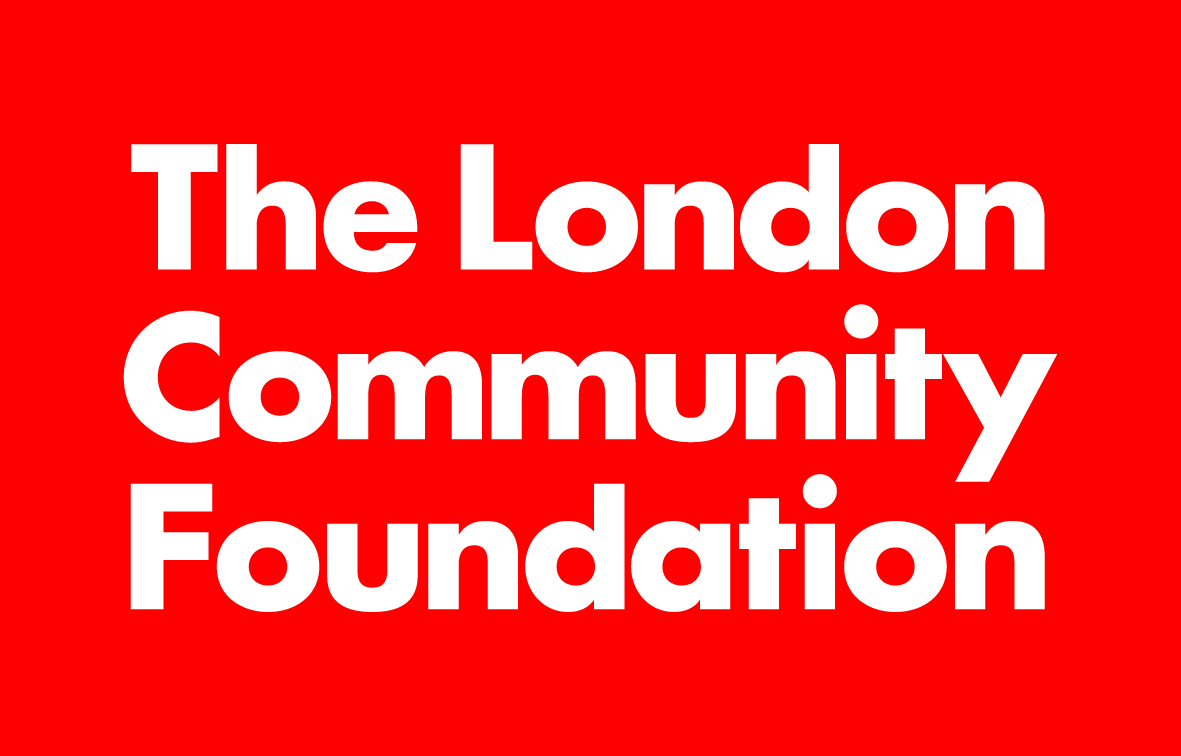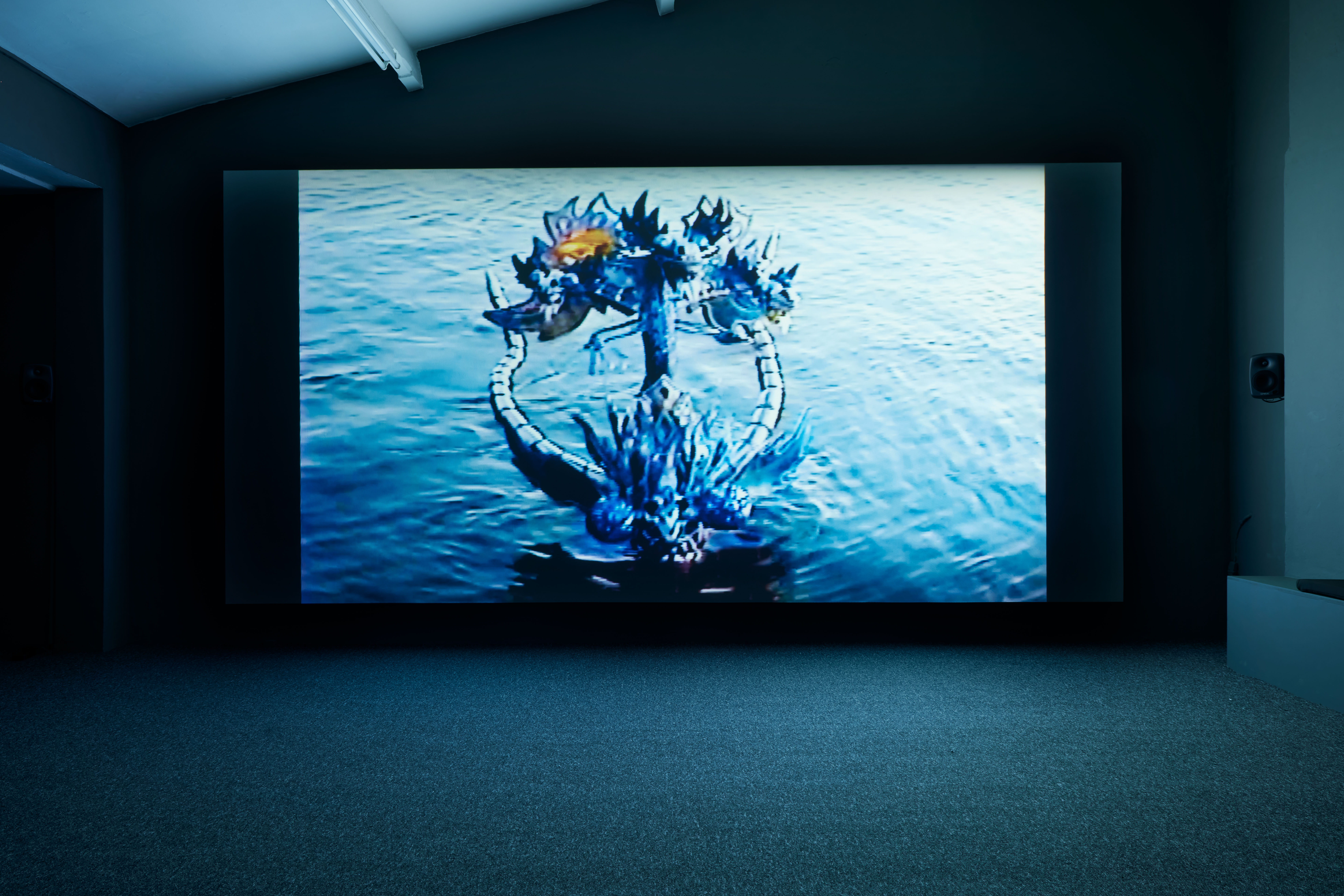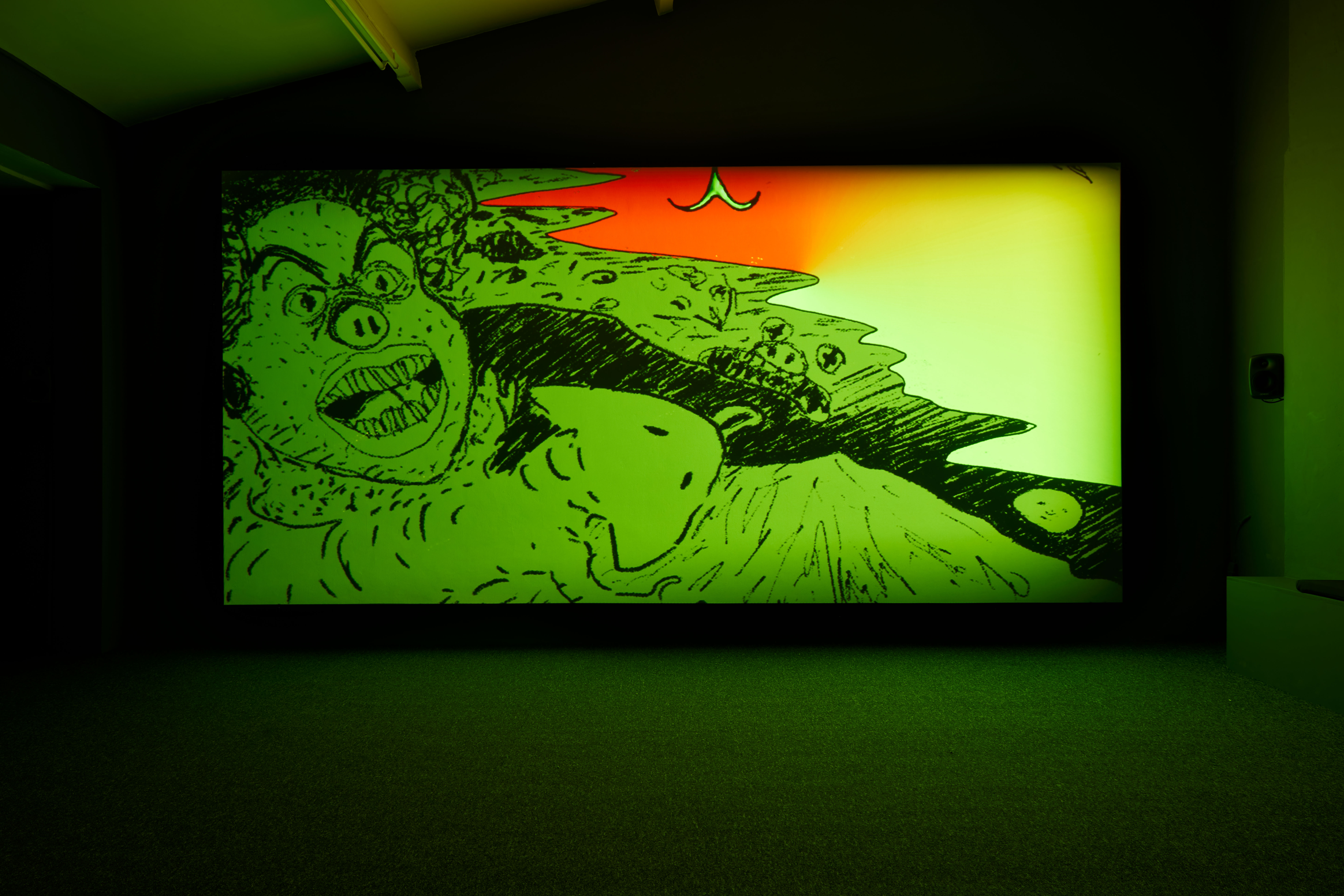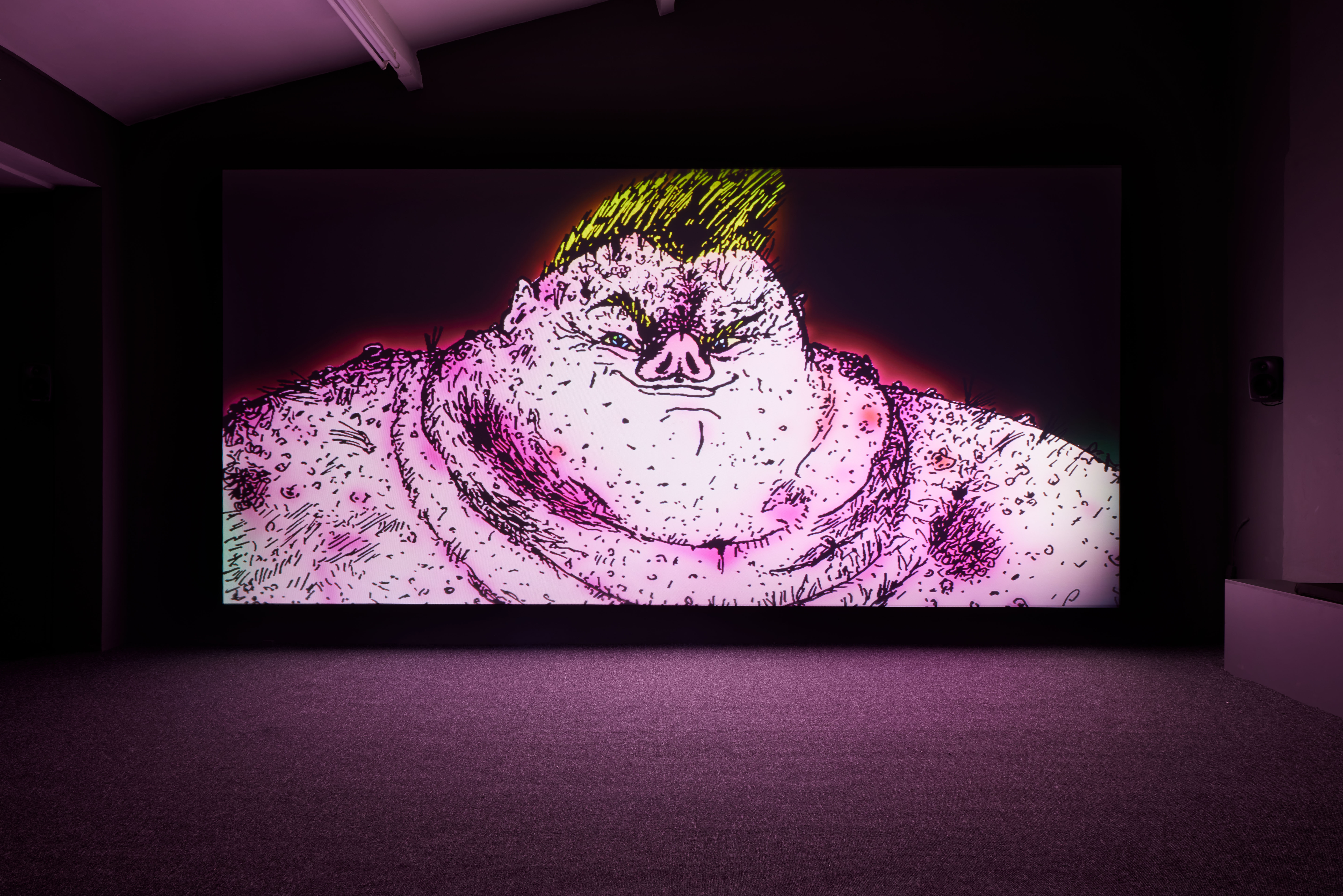Auto Italia is pleased to present Amaru’s Tongue: Daughter, a newly commissioned moving image work and the first international solo exhibition by multidisciplinary artists Chuquimamani-Condori (Elysia Crampton Chuquimia) and Joshua Chuquimia Crampton.
Shot mostly on 8mm film and with a score composed and performed by the artists, Amaru’s Tongue: Daughter enacts a ceremony for their late grandmother, Flora Tancara Quiñonez Chuquimia. The film documents the ceremony within stories of the resistance of the Aymara people, an indigenous nation whose territory overlaps with Bolivia, Chile and Peru, and whose people live today across the globe, maintaining relations through land ties and ceremony.
In a collage-like assemblance, Amaru’s Tongue: Daughter weaves together archival audio and visual recordings, including that of Aymaran resistance leader Bartolina Sisa, who led numerous revolts against the Spanish occupiers in the Aymara territories around La Paz, Bolivia, during the eighteenth century. These are interlaced with brief, personal stories of the artists’ grandparents, who fought for the abolition of the Hacienda institution in the 1950s, a large system of land holdings sustained by the Bolivian Republic, under which Aymara people were enslaved for agricultural labour.
Amaru’s Tongue: Daughter opens a series of multiple beginnings, that together hint at an experience of nonlinearity of time known in Aymaran as qhipnayra, in which the past is faced ahead and the future lays behind. Through the scenes of the film, Flora is met by a dog, a condor and a hummingbird, central figures in the three-year transition of death, detailing Aymaran traditions.
Flora’s younger sister, the artists’ great aunt Mercedes Tancara Quiñonez Montevilla, and the artists’ mother, Fanny Tancara Chuquimia Crampton, narrate the film, citing praxis and oral history, as well as re-reading one of the first documented Aymara chroniclers, Joan de Santa Cruz Pachacuti Yamqui. Flora’s voice recordings are relayed by a silicone figure made in her likeness, whose features also resemble the artists’ great-grandmother Juana Tancara Montevilla, great-great-grandmother Rosa Tancara Quiñonez, and emblems of the pachamama, the spacetime grandmother.
Amaru’s Tongue: Daughter follows in a heritage of Aymaran abolitionist oral history tradition and adopts a fantastical tone, serving as an ‘invitation to otherwise’ (Eva Hayward and Che Gossett). The film maps ‘abolition geographies’ (Ruthie Gilmore Wilson) from the perspective that we are inseparable from the pachamama, inseparable from the water, the sea, the lake as wound that Pachacuti Yamqui called mamacocha, what theorists call ‘nowhere’, that home that is ‘no place’.
Amaru’s Tongue: Daughter is commissioned by Auto Italia and produced by Auto Italia, London; Centre d’Art Contemporain Genève and Haus der Kunst, Munich.
The exhibition has been made possible with the support of Headline Exhibition Supporters Cockayne – Grants for the Arts and The London Community Foundation, and with further support from the Contemporary Bolivian Arts Trust UK and Chelsea Art Club Trust.
Auto Italia’s commissions are made possible by our Exhibition Circle and Member supporters.
Chuquimamani-Condori is an Aymaran multidisciplinary artist and musician. Under the moniker Elysia Crampton Chuquimia, Chuquimamani-Condori has produced multiple critically acclaimed records, including her most recent LP ORCORARA 2010 (2020) released through PAN. Recent presentations include Centre d’Art Contemporain Genève (2018); LUMA Westbau, Zurich (2018); Berghain, Berlin (2018); Kunsthal Ulys, Odense (2017); Berlin Biennale (2016); Arika, Glasgow (2016); MoMA PS1, New York City (2016); and Yale Union, Portland (2015). Her first book Amarupachankiri (2021) was published with Puro Fantasia, a publishing house run by Joshua Chuquimia Crampton.
Joshua Chuquimia Crampton (b. 1983, USA) is an Aymaran musician. His recent musical releases include 4 (2021) and The Heart’s Wash (2020), a full-length project of solo guitar compositions. With Chuquimamani-Condori, he has presented collaborative music and performance work at Abrons Art Center, New York (2021) and The Vinyl Factory, London (2020).












